The Benefits Of Herbal Tea
Let's be honest, the majority of us love a hot comforting brew during the autumnal/colder seasons. So why not swap your usual 'cuppa for herbal tea?
Herbal teas are packed with health benefits, not to mention they taste great too! Let's talk about the different herbal teas and why they're totally worth converting to.

Organic Lemongrass & Ginger
Lemongrass & Ginger Tea is a loose-leaf tea consisting of lemongrass cut herb dispersed with ginger root pieces. It gives fragrant citrus, earthy and spicy aroma and tastes predominantly of lemongrass with citrus & spicy lingering flavour.
Benefits of Lemongrass & Ginger
- Ginger is used in traditional remedies and Ayurveda and is similar to Turmeric.
- Lemongrass contains antioxidants.
- Ginger may calm the digestive system (1)
Organic Liquorice, Peppermint & Spearmint Blend
Organic Liquorice, Peppermint & Spearmint Blend is a sweet and earthy tea that is made up of cut liquorice root and large cut peppermint and spearmint leaves.
Benefits of Peppermint & Spearmint Blend
- Peppermint is made into essential oils and extracts.
- Liquorice and Spearmint are rich in antioxidants
- Peppermint may ease digestive symptoms (2)
- A popular caffeine-free tea.
Organic Turmeric Chai
Organic Turmeric Chai Tea is a loose-leaf tea consisting of Cassia Bark, Ginger Root, Turmeric & liquorice pieces interspersed with Orange Peel and Clove Buds. It gives an earthy & citrusy aroma and tastes of sweet citrus and spice.
Benefits of Turmeric Chai
- Turmeric (Curcuma Longa) is a traditional Indian herb/spice that is commonly used in Ayurvedic remedies.
- Turmeric is commonly used in Ayurveda.
- Turmeric is presumed to have anti-inflammatory properties (3).
Organic Peppermint Tea
Peppermint is an aromatic herb that belongs to the mint family. Peppermint Tea is made up of thin brittle, crumpled and broken peppermint leaves. Commonly used in mints, sweets and other foods, peppermint provides a pungent odour and tastes fresh, cooling and minty.
Benefits of Peppermint Tea
- Provides a refreshing and minty taste.
- A popular caffeine-free tea.
- Peppermint may help ease digestive symptoms (4).
Organic Elderberry. Rosehip & Hibiscus Tea
Organic Elderberry, Rosehip & Hibiscus Tea is a loose-leaf tea consisting of Rosehip and Hibiscus flowers interspersed with dark blue/black berries. It gives a fruity and slightly floral aroma and tastes sweet & fruity.
Benefits of Elderberry, Rosehip & Hibiscus Tea
- Traditional Elderberries are high in Vitamin C & dietary fibre.
- Rosehip is sometimes taken as an anti-inflammatory (5)
- Hibiscus contains antioxidants.
Organic Pine Needle
Pine needles (Pinus Sylvestris) are fresh, fragrant leaves that many of us associate with the holidays and winter season. However, pine needles can be beneficial year-round to encourage and support many different health functions in the body.
Pine Needles are rich in antioxidants, Vitamin A and Vitamin C making them a popular herbal tea. Especially during the cold, winter season.
Benefits of Pine Needle
- Rich in antioxidants/vitamins such as Vitamin A & Vitamin C.
- May help boost mood levels (6)
- Organic Pine Needles sourced from the Czech Republic.
Shop our full Organic Loose Leaf Tea Collection here
We hope this blog has inspired you to try out a herbal tea! Please share this blog with friends, family or anyone you think may find it useful.
Resources & Studies:
| 1. Top 5 health benefits of ginger | https://www.bbcgoodfood.com/howto/guide/ingredient-focus-ginger |
| 2.
12 Science-Backed Benefits of Peppermint Tea and Extracts |
https://www.healthline.com/nutrition/peppermint-tea |
| 3.
The health benefits of turmeric |
https://www.nuffieldhealth.com/article/the-health-benefits-of-turmeric |
| 4. 12 Science-Backed Benefits of Peppermint Tea and Extracts | https://www.healthline.com/nutrition/peppermint-tea |
| 5.
Anti-Inflammatory and Analgesic Effects of Rosehip |
https://pubmed.ncbi.nlm.nih.gov/34348637/ |
|
6. Effects of ethanolic extract of pine needles (Pinus eldarica Medw.) on reserpine-induced depression-like behaviour in male Wistar rats |
https://www.ncbi.nlm.nih.gov/pmc/articles/PMC3173901/ |

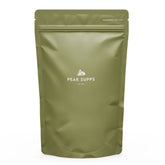



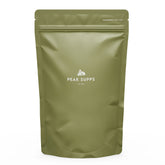

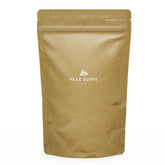



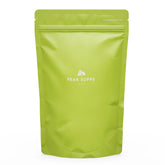

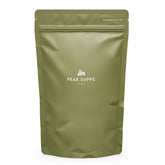



Leave a comment
Please note, comments need to be approved before they are published.